One early summer morning, the silver-haired veteran Dang Van Ngoan (Hong Minh, Hung Yen ) waded in the pond, bending down to tenderly hold each pink lotus bud still shyly hidden in the dew.
Few people would have guessed that this picturesque scene used to be Cua Mieu field, full of acidic soil, flooded all year round, the rice was stunted, and crops failed one season after another.
“Having lived our whole lives in the fields, we never thought that one day this place would be filled with the fragrant scent of lotus,” Mr. Ngoan recalls with emotion.
Therefore, when the idea of converting rice to lotus cultivation was proposed, many Van Dai farmers, including Mr. Ngoan, were skeptical: Lotus has only grown for decoration, can it support the family?
However, the desire to escape poverty in their homeland urged them to "bet" on the lotus plant.
Mentioning Thai Binh (old) is mentioning rice. This place is one of the largest rice granaries in the North, and more than that, rice has become the flesh and blood, the breath, the soul of every village in the delta.
Every drop of sweat that falls is a grain of gold growing from the soil. The people of Thai Binh (old) grew up in the mud, knowing by heart the sound of roosters crowing at dawn, the sound of buffalo plowing early in the morning, the sound of threshing machines after each harvest.
In low-lying areas like Van Dai and Hong Minh villages, farming is even more of a career. However, that career is tied to uncertain harvest seasons.
“Rice can only be grown once a year, and that crop is sometimes profitable, sometimes not. When a storm comes, everything is lost. There was a crop that was not even harvested before the whole field was submerged,” Mr. Ngoan recalled of a past rainy season.
According to Mr. Tran Minh Tuan - Party Secretary, Chairman of the People's Council of Hong Minh commune, Cua Mieu field is a low-lying field of Van Dai village, with high acidity and alum content, so farming efficiency is low.
Especially when the rainy season comes, many years when the rice has turned yellow, just one rain causes the fields to be completely flooded. For many years, people have lost everything, so their income is very unstable, the lives of people who own fields on this land are constantly suffering from hunger, affecting the collection of products for the village.
Farmers also have a fear of being assigned this field to cultivate. This has led to the phenomenon of abandoning fields because of the fear of "working but not being able to eat".
That paradox continues to haunt the countryside. Young people leave the village one after another, the elderly bend their backs to cling to the rice fields, and as soon as they finish planting, they are worried about the flood coming.
In the eyes of the veteran, his homeland always contains untapped potential. Since returning from years of fighting, he has been constantly searching for solutions to get rich, overcoming uncertain and difficult seasons.
In the midst of the days when the land lay still after a failed rice crop, a strange idea was suddenly planted by scientists at the Vegetable Research Institute.
“We were asked to try growing lotus on acid sulfate fields that were ineffective for growing rice. At first, I was skeptical. If rice fields can’t survive, how can flowers like lotus grow?”, Mr. Ngoan recalled.
Not only Mr. Ngoan, but also the villagers were confused when they heard this idea: “All my life I have only known how to grow rice, I am used to it. Now I am told to abandon rice to grow lotus, and to grow it on this low-lying, salty field, it is like gambling with my life. If the rice cannot survive, how can the lotus grow?”
Doubt is rooted not only in the question “can lotus grow?”, but also in the fear of leaving behind what is familiar.
Villages are used to planting and harvesting seasons. People's hands are used to holding rice plants, and their feet are used to wading through mud. Now, changing an ingrained way of thinking that has been entrenched for generations is not something that can be done overnight.
There were nights when Mr. Ngoan couldn't sleep. The question kept repeating in his head like the chirping of crickets in the fields.
But then it was the perseverance of scientists, the meticulousness in every calculation of irrigation, soil and above all, the love for his homeland that gradually convinced him.
From a skeptic, Mr. Ngoan became one of the first people to convince people to contribute land and fields, paving the way for the lotus project to take root.
“At first, people were very worried. They were afraid of losing their fields and their livelihoods. I had to go to each house, sit down and talk, and analyze the pros and cons.
Tell people that the money from renting fields not only helps them earn more income, but can also be saved to send their children to college, or deposited in the bank to earn interest, and they themselves can still work extra and cultivate lotus plants on their old land," said Mr. Ngoan.
Van Dai Lotus Cooperative was established in the context of Thai Binh (old) implementing Resolution 09 on crop restructuring. Veteran Dang Van Ngoan is a member of the Cooperative's Board of Directors.
“We do not choose to do it in a mass way but choose to go step by step with the strategy of “3 preserves - 4 changes”: preserve people, preserve land, preserve culture; innovate production thinking, innovate crops, innovate technology and innovate modern management methods,” Mr. Ngoan shared.
Thanks to “preserving” tradition while still “changing” for something new, the people of Van Dai gradually agreed with the lotus planting plan. They understood that the lotus would not destroy the rice-growing lifestyle, but on the contrary, could “breathe new life” into this low-lying land.
Initially, the cooperative planned 6 hectares of low-lying land in Cua Mieu field, Van Dai village into a concentrated lotus growing area.
To “tame” the acid sulfate soil, the Vegetable Research Institute has prioritized selecting native lotus varieties with high vitality for people to grow. In addition to varieties, soil improvement plans and modern cultivation techniques are also two factors that agricultural experts have systematically trained cooperative members on.
Lotus is inherently “easier” than rice on acid sulfate soil, but to achieve the best yield, initial soil improvement is carried out carefully. The pond is drained, left fallow, lime powder is added to neutralize acidity, alluvial mud from the river and organic fertilizer are added to increase fertility.
The cooperative has systematically planned 5-6 hectares of low-lying land into a unique lotus and ornamental flower complex. Of that area, 3.7 hectares are divided into 16 plots: 14 plots grow different varieties of lotus and 2 plots grow water lilies, the remaining area grows ornamental plants and fruit trees.
According to Mr. Ngoan, convincing people is one step, but starting to grow lotus is a journey of difficulties, one after another.
“The way to care for lotus is completely different from rice. Rice requires spraying fertilizer evenly throughout the field, while lotus requires fertilizing each root. If not done properly, the plant will not receive nutrients,” the veteran described.
Cooperative members are also regularly trained in proper lotus planting and care techniques, as well as proper preservation, harvesting and marketing of the products. Farmers with muddy hands and feet are now enthusiastically taking notes in notebooks and learning new techniques from experts.
“Agricultural experts wade through mud like the locals and give direct instructions. Planting lotus is not as simple as just burying it deep. It has to be placed at the right depth in the mud so that the plant can take root and emerge from the water,” he said.
Each lotus root planted at that time, according to Mr. Ngoan, was a gamble with the land.
“The first year, we held our breath waiting for the lotus to grow… literally holding our breath,” Mr. Ngoan laughed, his voice mixed with reminiscence.
Three months after the first lotus roots were planted in the mud, the entire cooperative entered a period of anxious waiting.
Every day, Mr. Ngoan went to the pond. His eyes kept wandering around each clump of leaves, as if if he looked hard enough, the flowers would bloom a beat earlier.
Until one early summer morning in April 2021, the first lotus buds rose up in the middle of the low-lying fields, carrying with them the hope of farmers who dared to think differently and do differently. By mid-month, the entire lotus field blossomed into a sea of flowers.
“The feeling at that moment was overwhelming. We understood that we were right and the lotus chose to stay with this land,” Mr. Ngoan said proudly.
With experience in military propaganda and journalism, Mr. Ngoan soon understood the power of the media. When the first lotus flowers began to bloom, he quietly recorded each moment and shared it on Facebook and the Cooperative's Fanpage.
The first articles did not need fancy language, just a few short lines telling stories about children far from home returning to commemorate ancestors, attend weddings, and conveniently visit lotus fields. A photo, a small story but carrying with it the pride and memories of the children of this land.
From those simple articles, the effect began to spread. Relatives, friends, and fellow countrymen everywhere passed it on to each other.
Mr. Ngoan still clearly remembers the first visit of Deputy Minister of Agriculture and Environment Phung Duc Tien. The image of the leader walking in the middle of the lotus pond, talking with farmers, became a great source of encouragement for the entire cooperative.
Since then, the small lotus field in the seemingly forgotten low-lying alum land has begun to welcome visitors from all over: from scientists, businesses, high-ranking officials to ordinary people.
“At first, some people suspected that I had taken photos from other places and then combined them. To avoid misunderstandings, I always tried to take photos so that the frame included the Lady Temple in the middle of the field and the familiar guardhouse. These are the marks that only this place has,” he smiled, pointing to the lotus pond in full bloom.
Not only a place to grow lotus, Van Dai Lotus Cooperative has gradually become a place to “preserve the genes” of lotus. This is both a cultivation area and a place where scientists experiment and develop new lotus varieties.
According to statistics from the Vegetable Research Institute, this field is currently cultivating and preserving more than 80 lotus varieties and over 100 precious lotus lines from within and outside the country. Each variety has different colors, fragrances, and characteristics, creating a living museum of the plant considered the national flower of the nation.
Notably, there are two special lotus varieties that are being exclusively cultivated and developed by the Fruit and Vegetable Research Institute in collaboration with the cooperative: SH01 and SH02.
Both varieties are capable of growing well on acidic, alkaline soils, where many other crops have failed. Not only that, they can also extend their growing season through early winter, the time when, according to folk experience, “the lotus withers and the chrysanthemum blooms.”
“These two varieties not only bring productivity and economic efficiency, but also open up the possibility of growing lotus in difficult lands, expanding the area and extending the crop season,” Mr. Ngoan affirmed.
Coming to Van Dai village, Hong Minh commune these days, lotus is everywhere. Lotus is not only found in specialized ponds but also grows along the roads, beautifying the increasingly changing countryside.
According to Mr. Tran Minh Tuan, at first people were still hesitant and cautious to see if the model was feasible. But now many people have switched from growing rice to growing lotus, proactively getting rich on their old fields.
The lotus growing model has gradually spread throughout the commune. Up to now, Van Dai Lotus Cooperative has gathered about 20 participating households, each with at least one main worker.
Many families not only actively learn to develop their own lotus models but also proactively connect with cooperatives to consume products and together expand the Van Dai lotus value chain.
Since the lotus pond was built, the face of Van Dai village has changed dramatically. Every May to August, when the lotus season is in full bloom, this place becomes an unmissable destination for tourists from near and far.
Lotus exploitation according to the value chain model has helped bring about 5-6 times higher efficiency than rice cultivation.
If in the past, farmers only knew how to take flowers, seeds or lotus shoots to sell retail, the cooperative model has turned lotus into a closed value chain.
Every part of the lotus can be turned into money. Fresh flowers are used for tourism, decoration, and tea; dried lotus leaves are used to make herbal tea; lotus seeds are eaten fresh or dried to make jam, ground into nutritional powder; fresh lotus shoots are used to make salads or canned; lotus roots are used to make many nutritious dishes and drinks...
“The conversion of lotus cultivation to rice cultivation on low-lying land where rice cultivation is ineffective is the right direction for the locality. The effectiveness of lotus and rice cultivation has proven this direction. The important meaning is that it has changed the way of thinking and working of farmers, which is to say, they are afraid to change their thinking, afraid to do new things, and do not dare to learn new breakthrough farming techniques,” Mr. Tuan analyzed.
According to Mr. Tuan, the locality is planning to cooperate with farmers and scientists to expand the lotus growing area to hundreds of hectares in the coming time, and to promote cooperation with travel agencies to bring visitors to visit spiritual tourism, associated with the experience of the countryside.
Especially linking with schools for students to experience to enhance regional cultural exchange to create a green ecological area of a livable countryside.
The memories of a difficult time are still fresh in Mr. Ngoan's mind - a special forces soldier who participated in the Cambodian battlefield, then returned home with the desire to contribute to rebuilding his homeland.
Now, looking at the vast green lotus fields, blooming flowers welcoming visitors from near and far, Mr. Ngoan emotionally said: “From a land that people once said was impossible to grow lotus, lotus has now become a livelihood, a cultural symbol, and a new direction for economic development. It is a joy not only for me, but also for a collective that dared to think and act.”
Content: Minh Nhat, Hai Yen
Photo: Minh Nhat
Design: Huy Pham
Source: https://dantri.com.vn/khoa-hoc/danh-cuoc-cung-nha-khoa-hoc-lang-que-ngheo-thu-tien-ty-tu-quoc-hoa-20250812125812460.htm


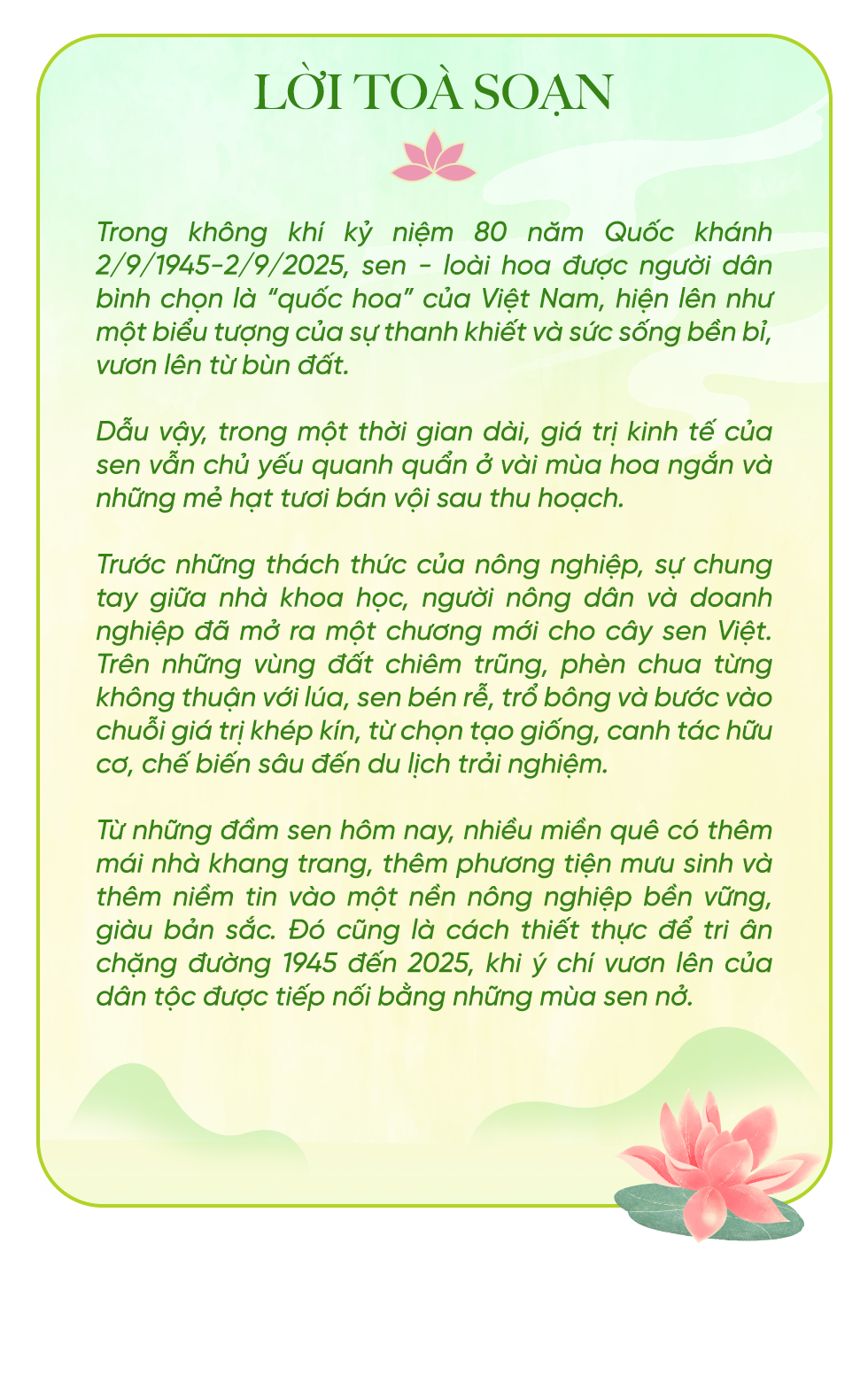

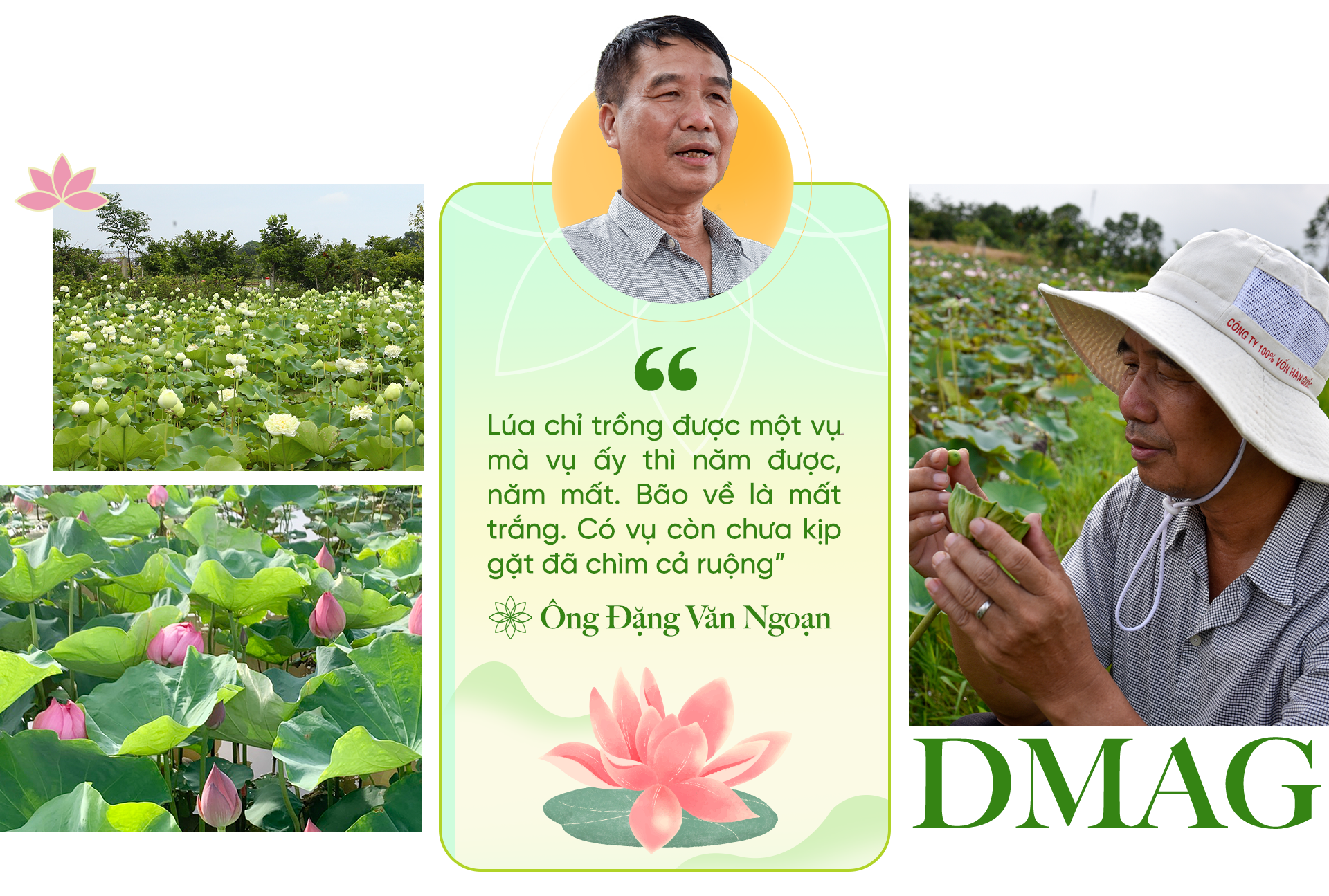
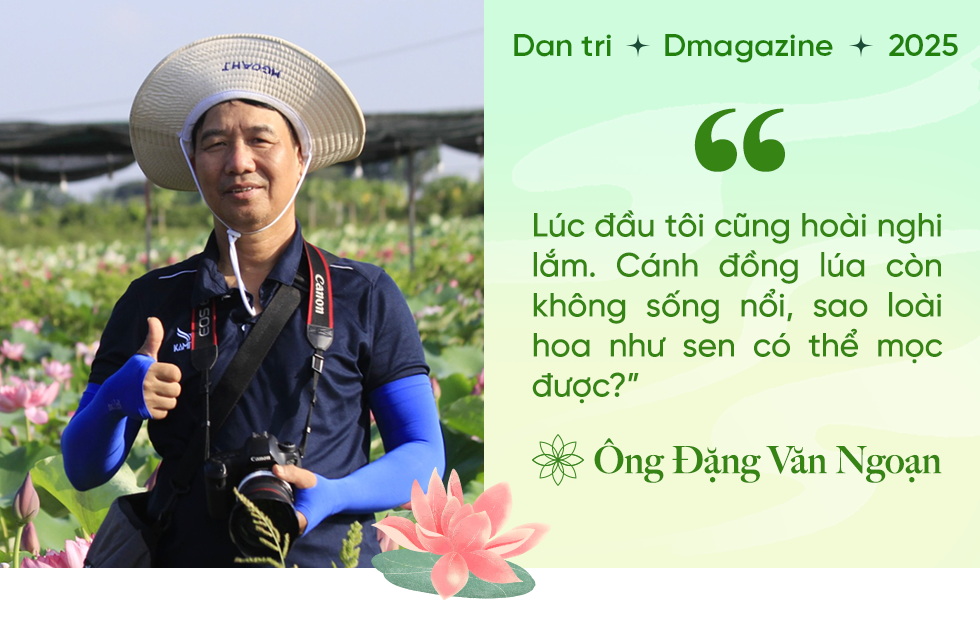
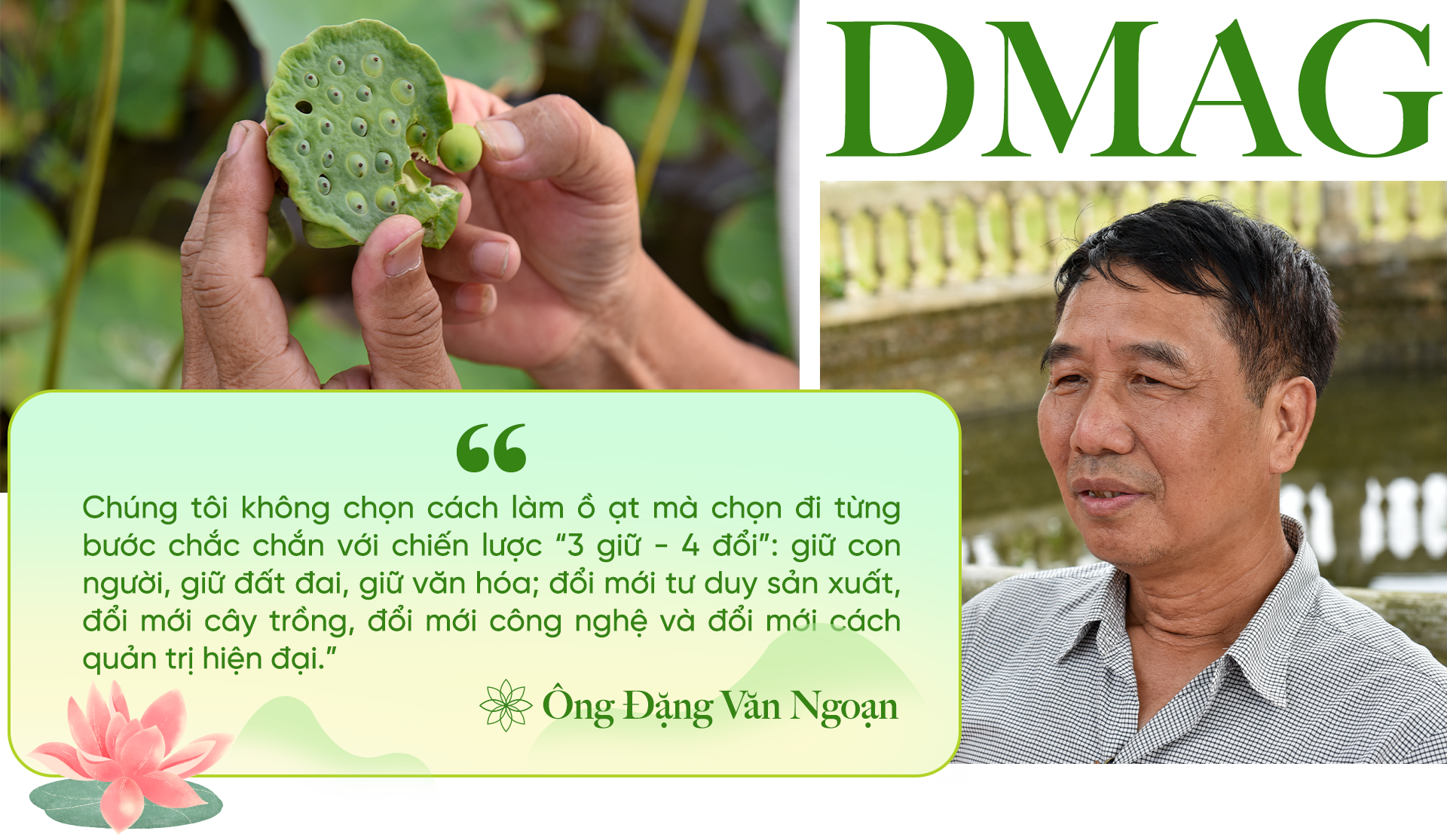

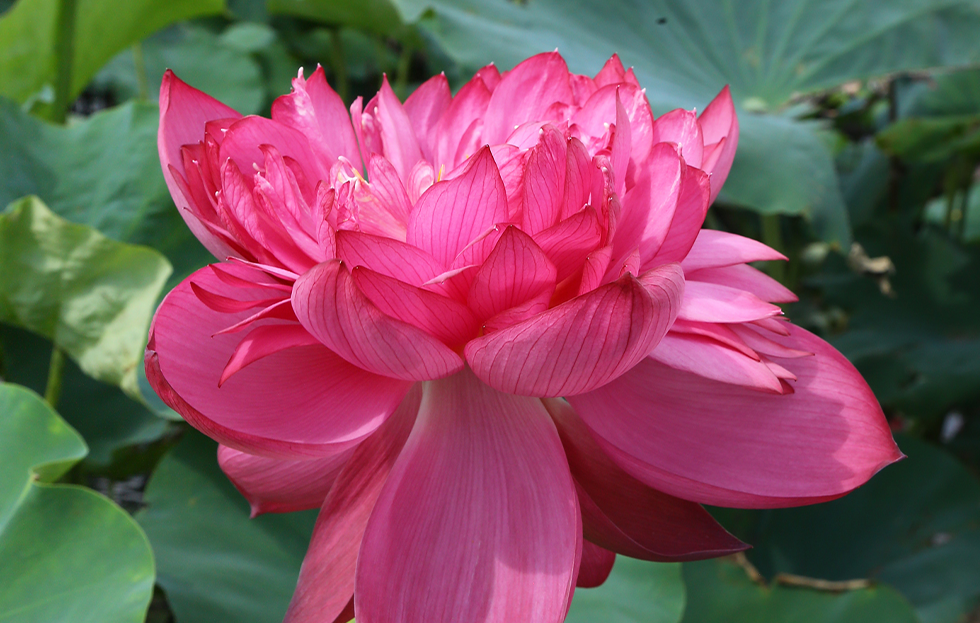

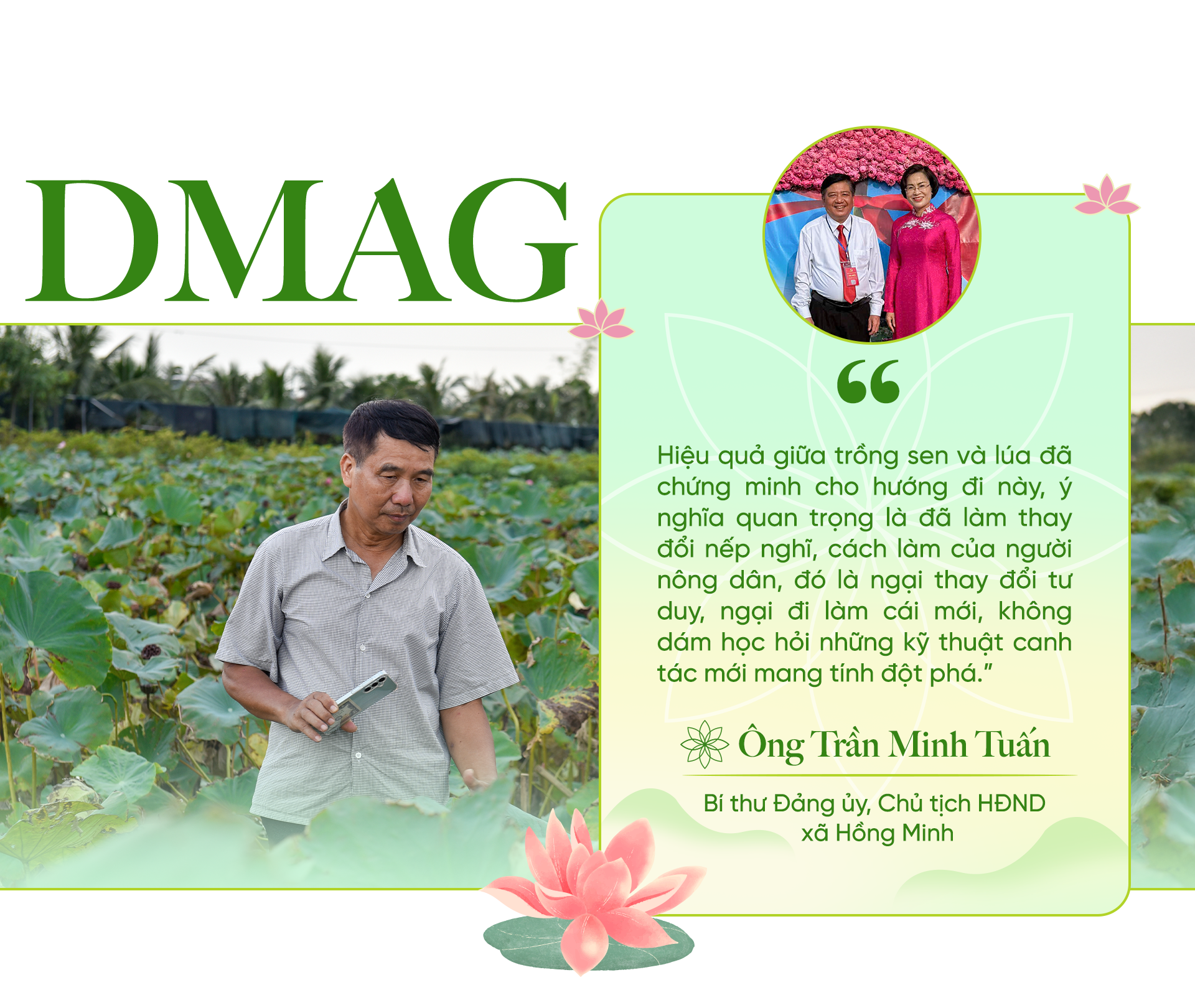

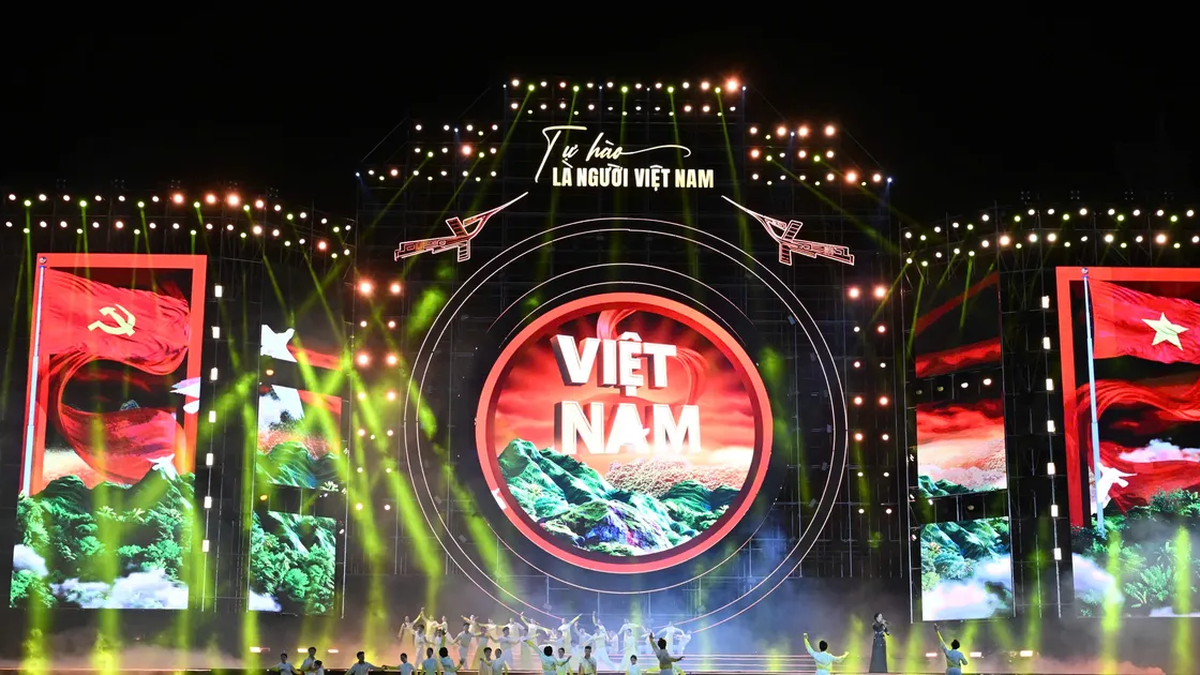

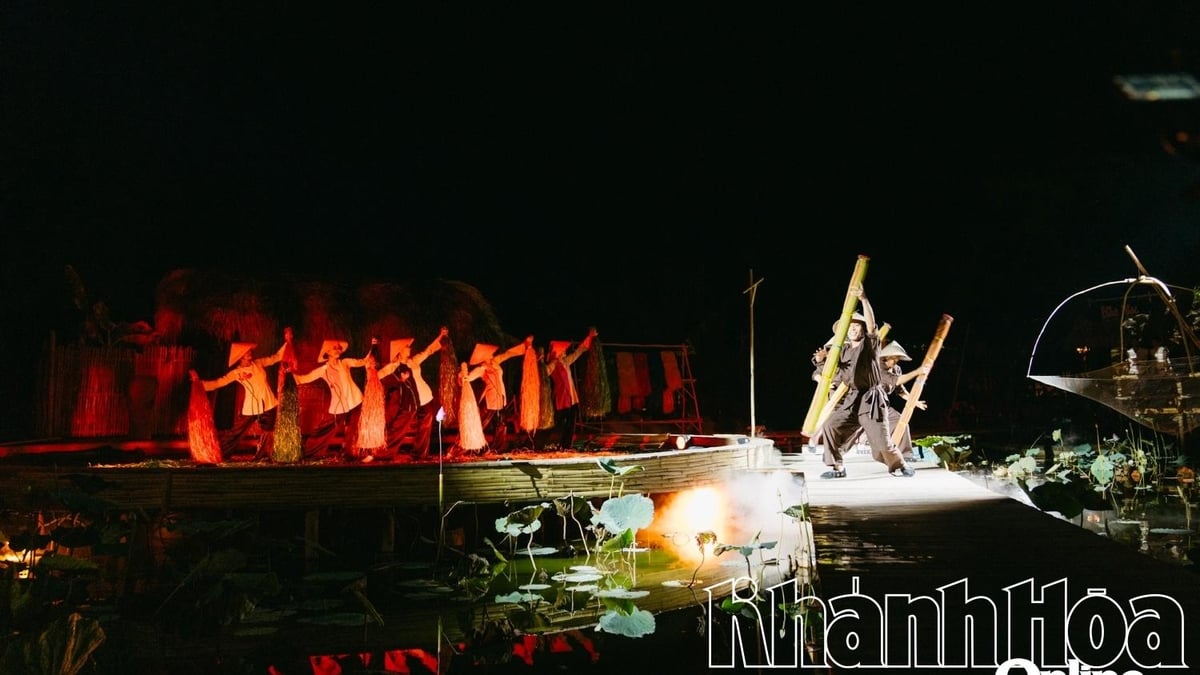
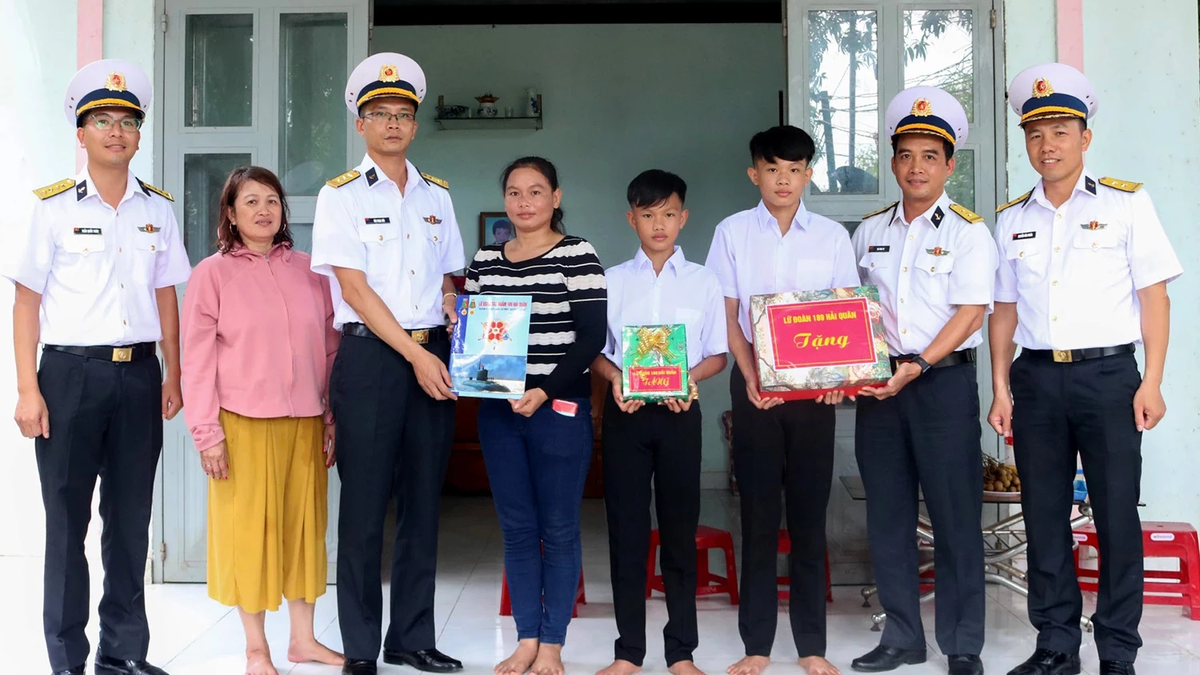



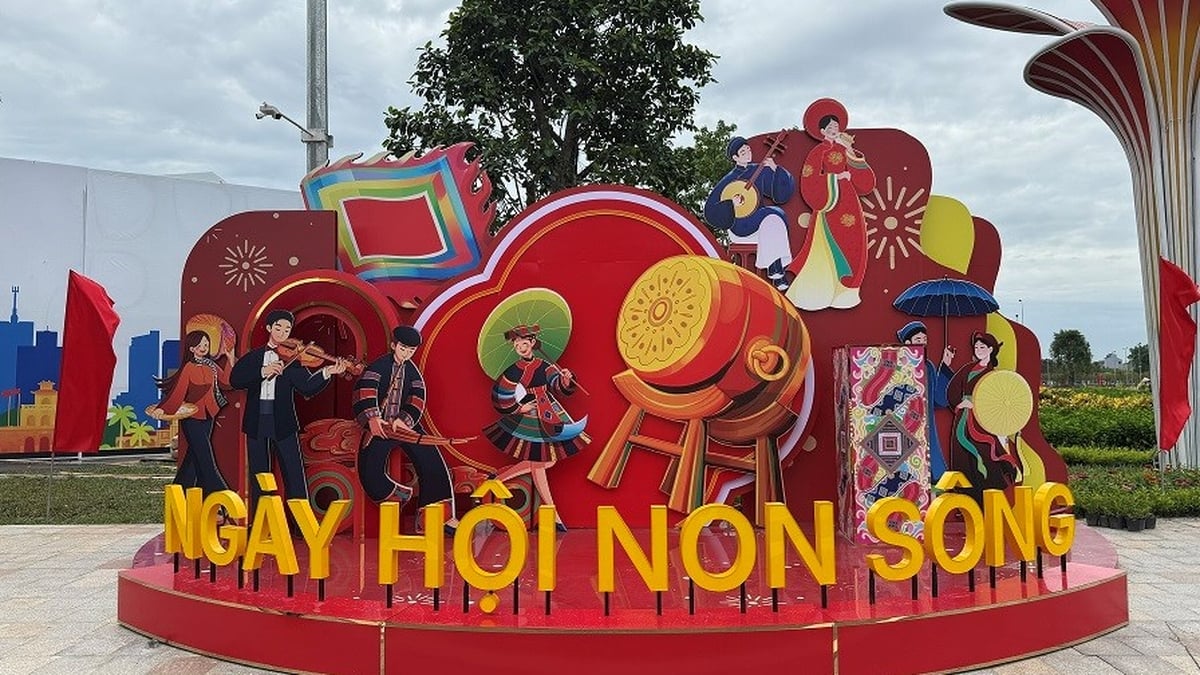










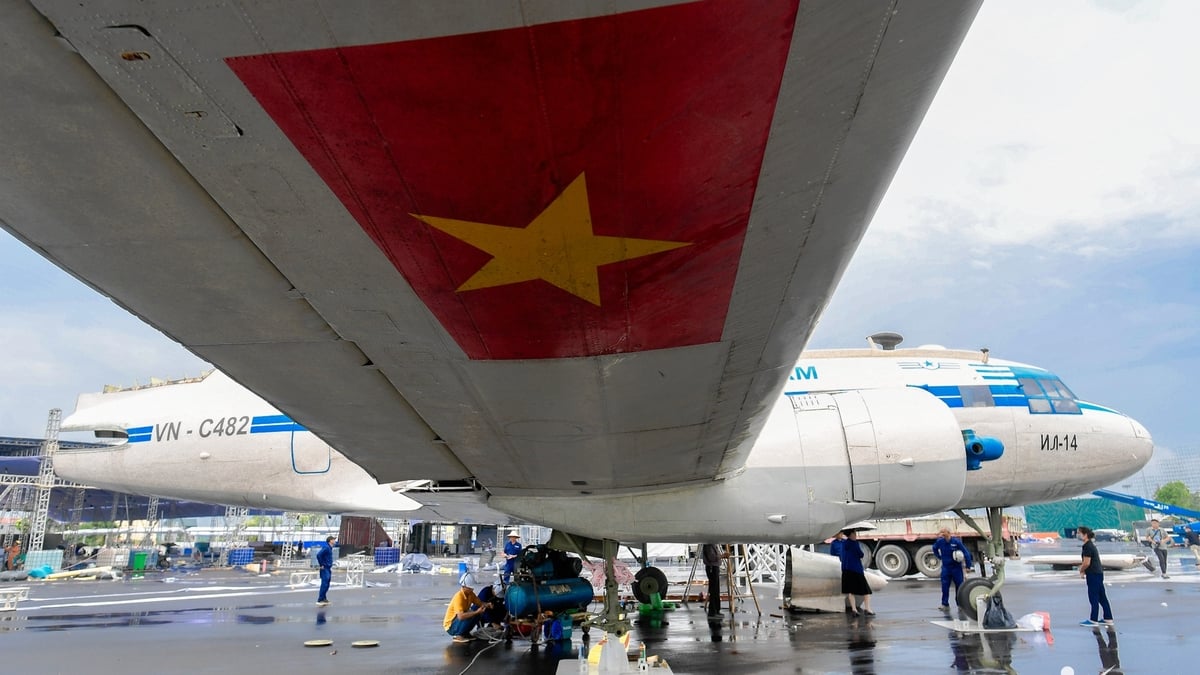
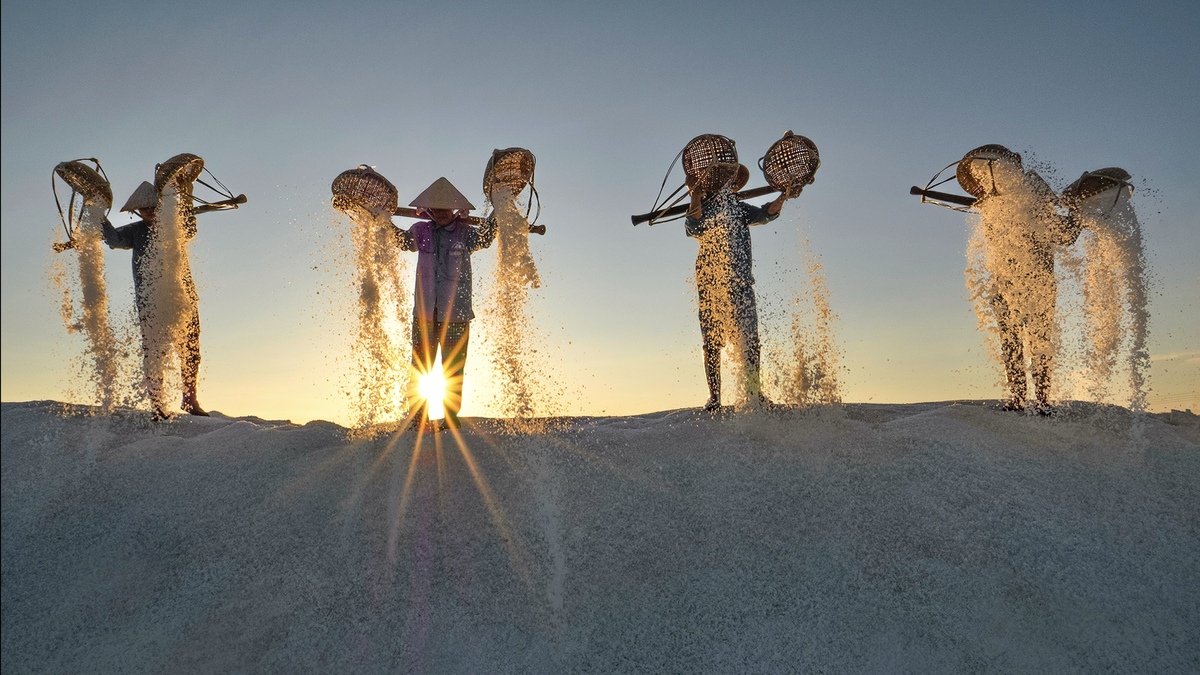
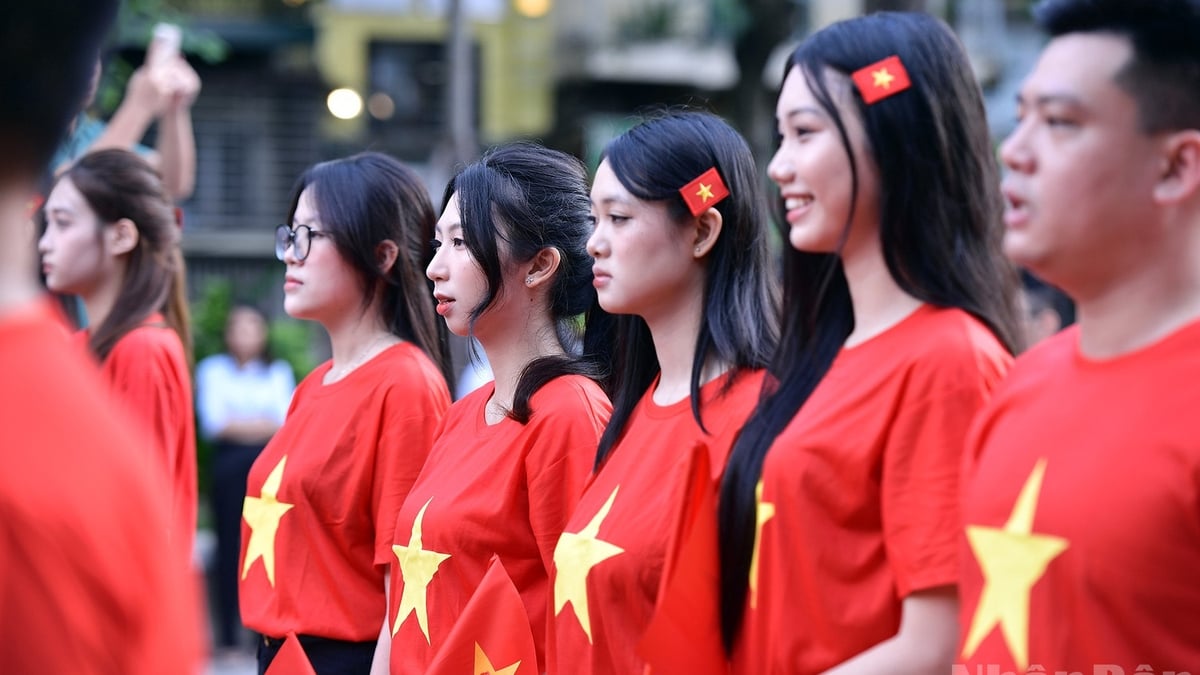
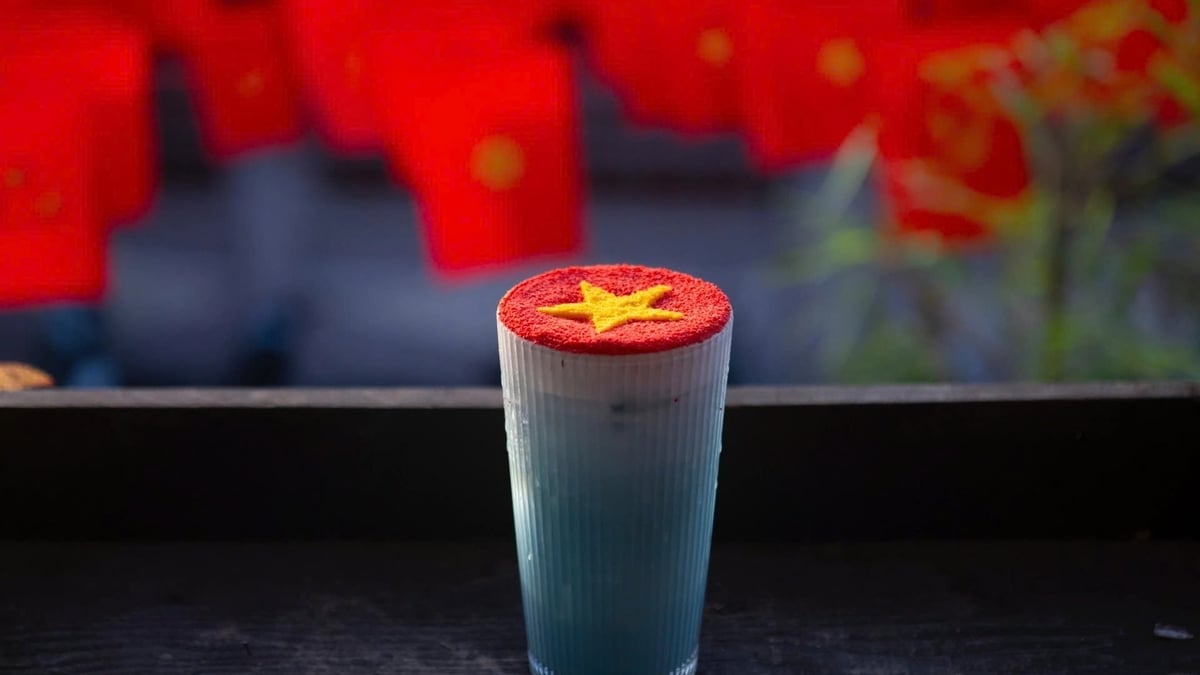
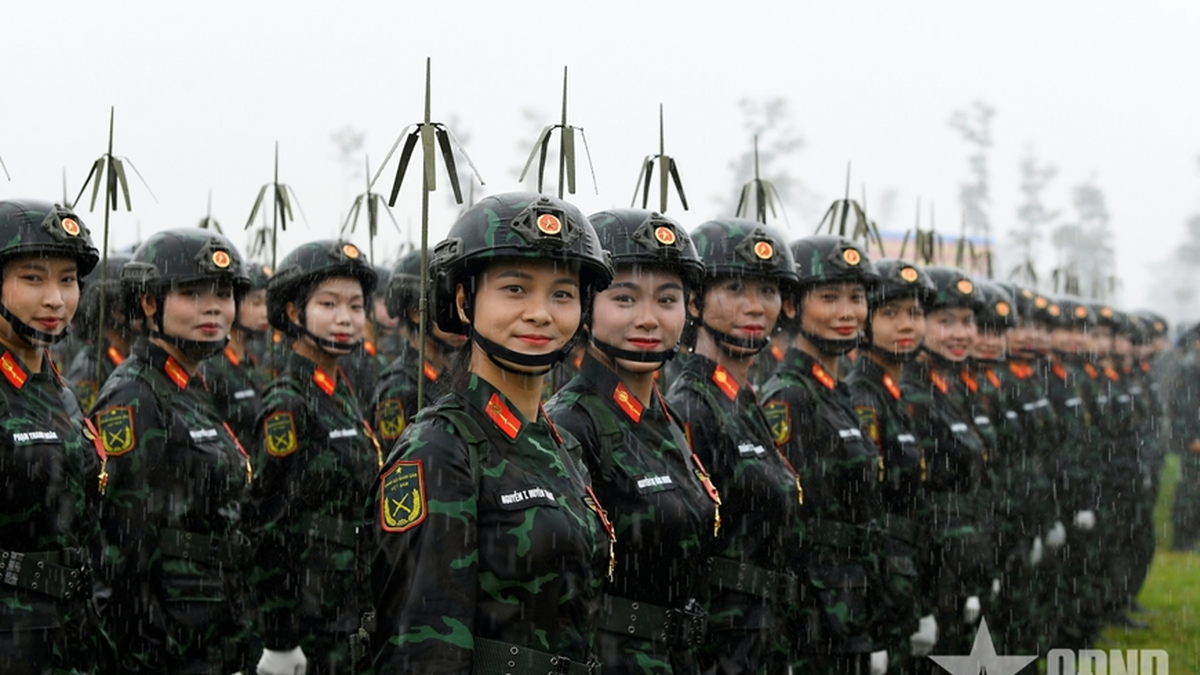
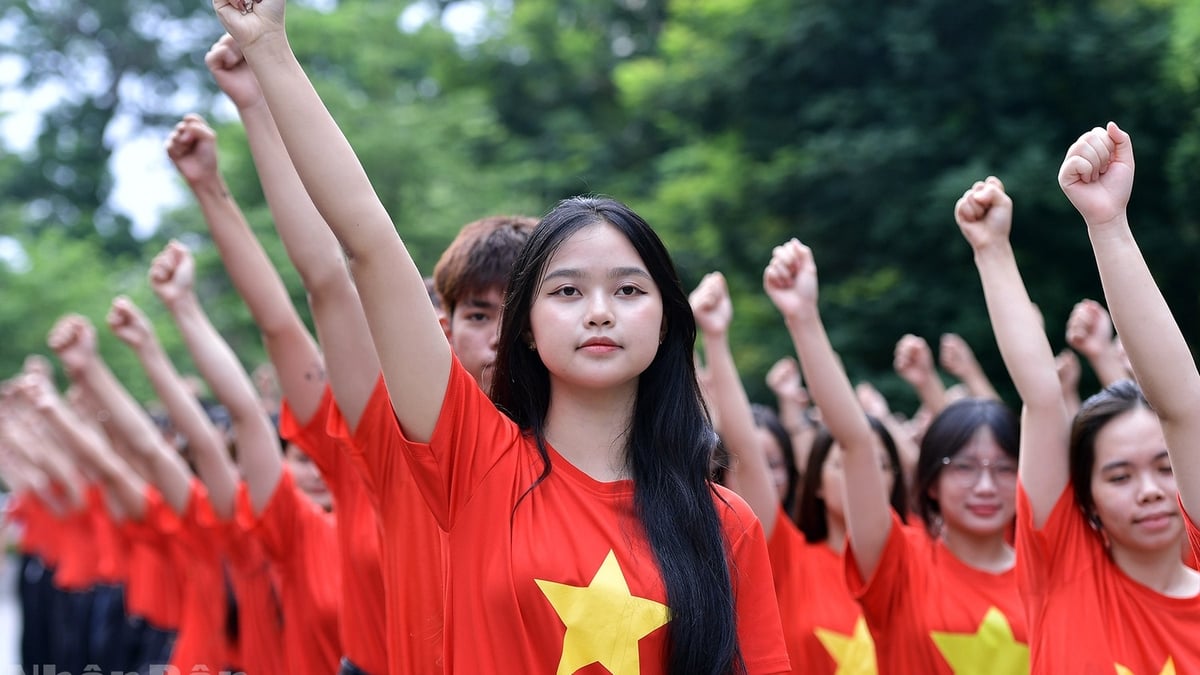


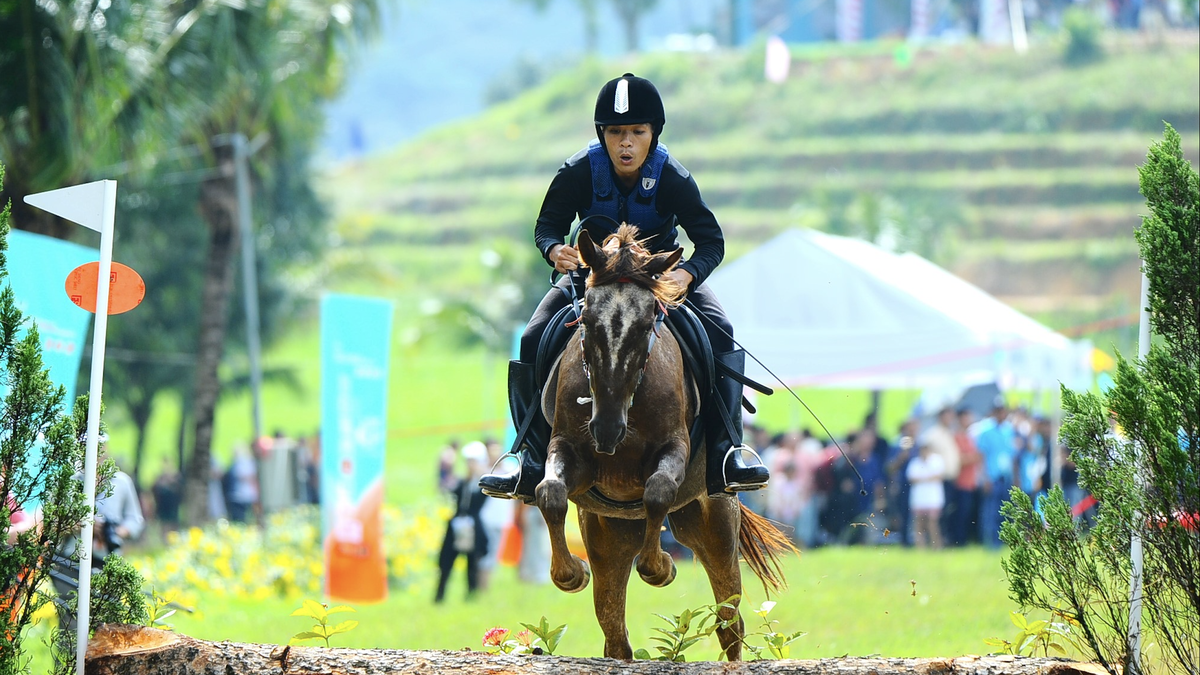

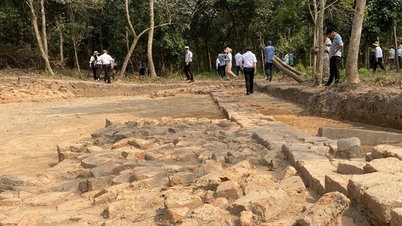



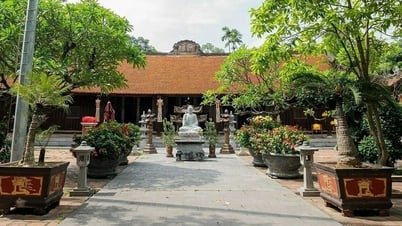

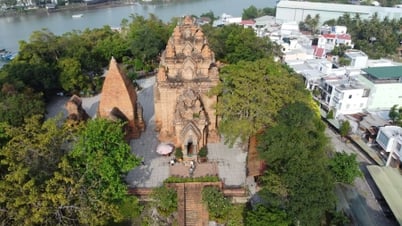
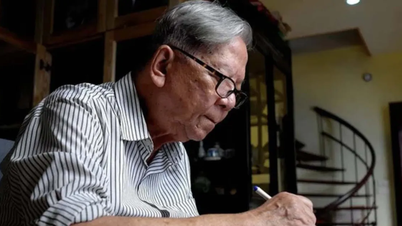





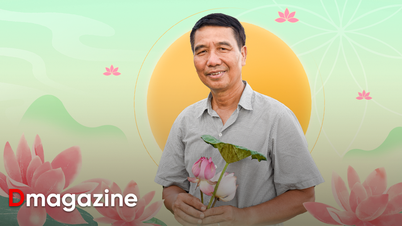
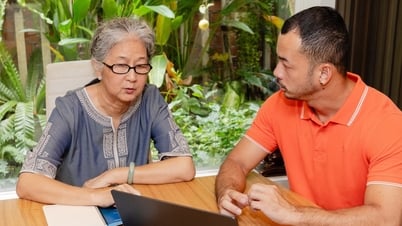
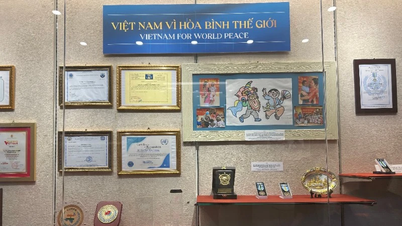

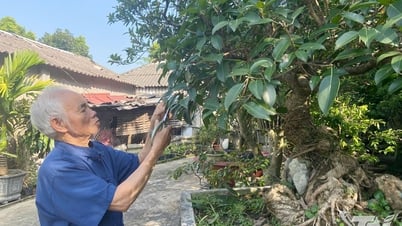




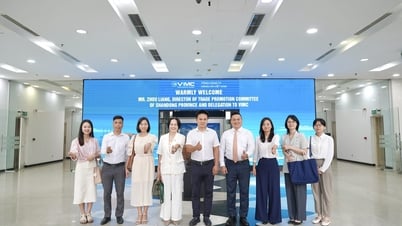

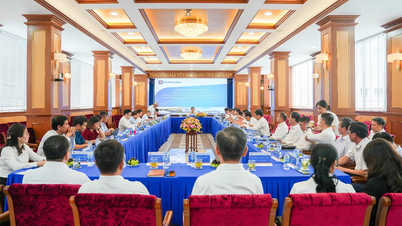
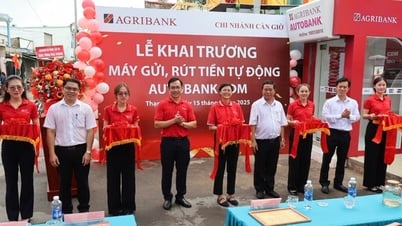
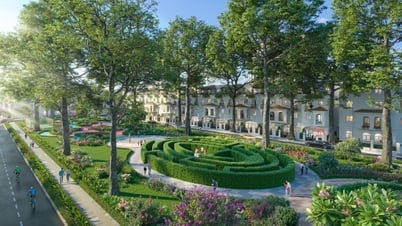

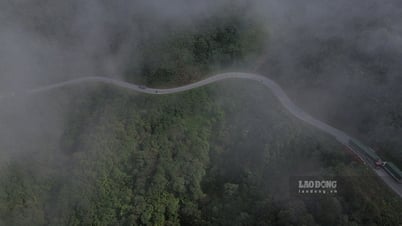
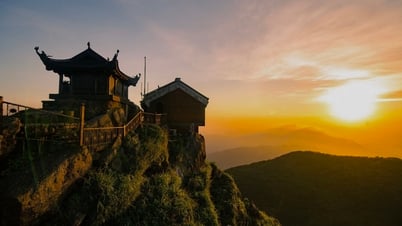

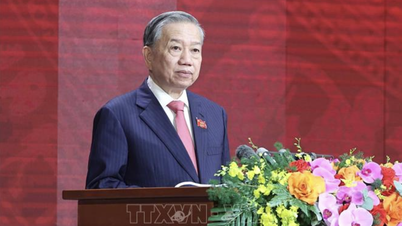

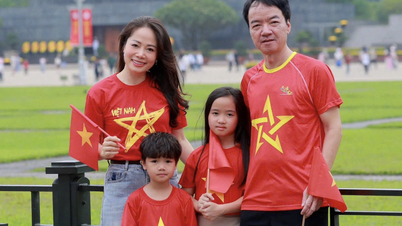

![[Photo] Party and State leaders visit President Ho Chi Minh's Mausoleum and offer incense to commemorate Heroes and Martyrs](https://vphoto.vietnam.vn/thumb/402x226/vietnam/resource/IMAGE/2025/8/17/ca4f4b61522f4945b3715b12ee1ac46c)
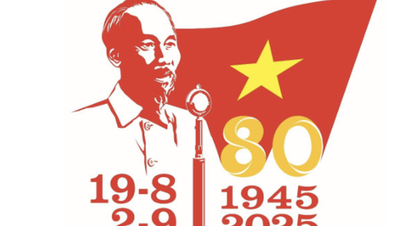

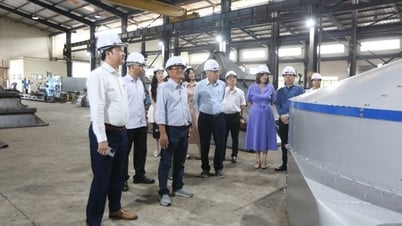



























Comment (0)